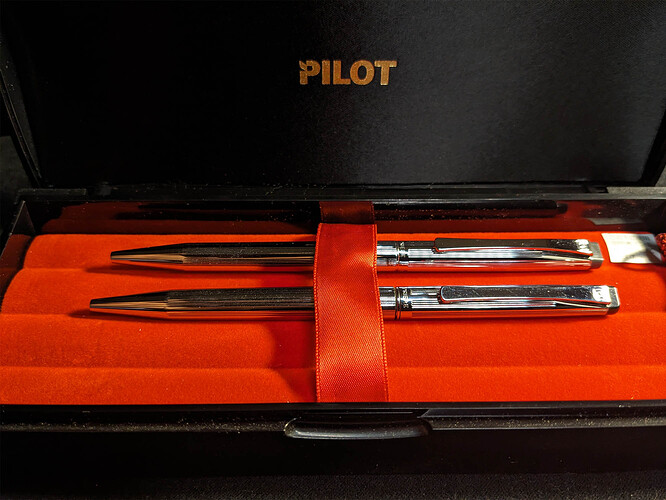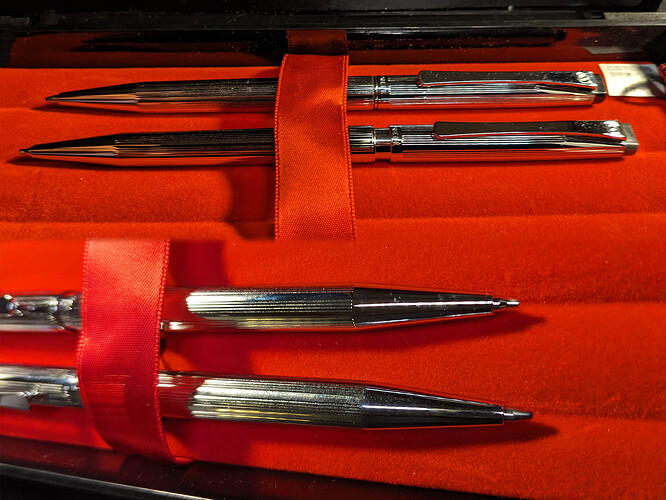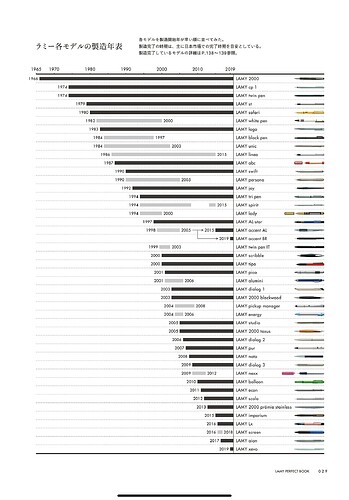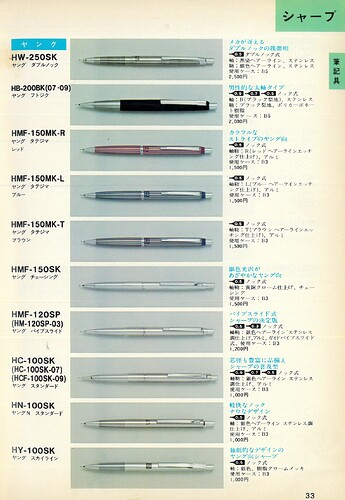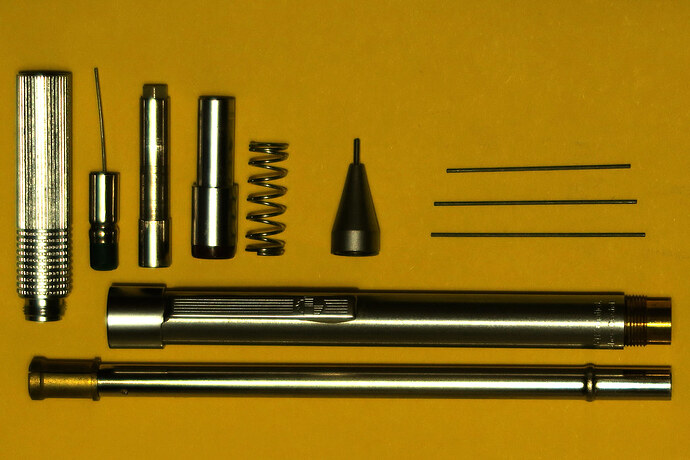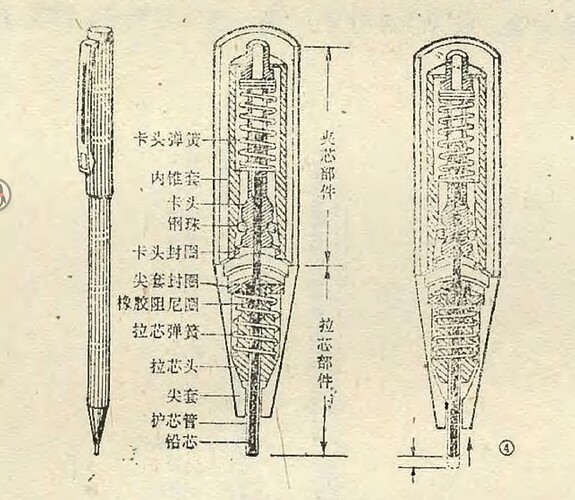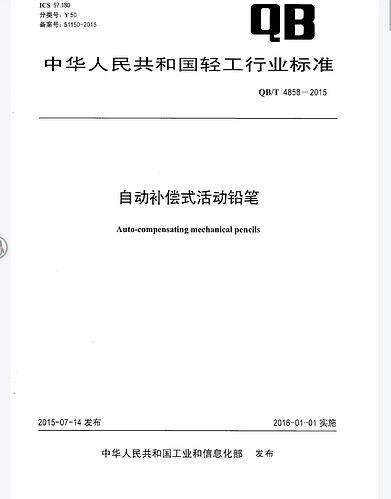100% agree. I do not have many Pilot Holders because of my paranoia over their weakness, but those that I keep are stored and used as is. Simply unscrewing and re-screwing the halves contributes to the wearing of the plastic threads. I appreciate the photos online of folks who have taken examples apart but I would not do so with a vintage piece unless I had a good reason to.
Yes, I do the same, screw the body in but not too tight so that the tension is distributed evenly. Excessive taking parts off will create unnecessary wears and we don’t want that.
I also think the most important thing is not to drop it, especially not to hit the screwed-in point. I think nowadays we still see lots of double knock pencils broken at the same point, eg. PG1015.
The only exception will be at shipping/traveling. If you are shipping the pencil internationally, then you might want to unscrew it first and wrap them tightly. This is a disaster prevention from cracking that I learned from many Japan sellers/stores.
I got another response from my PILOT contact.
The current rule is that when an item is removed from the catalog it has been discontinued.
The Protecs was a Japan only item and was not in the international catalog.
Again, still no info available about when the Protecs was discontinued, so one would have to possess the vintage catalogs and check to see when it was dropped.
Now that I’ve gotten that out of the way, I’m going to try a few more inquiries about other pencils of interest and see if I can get more useful info!
The Grandee Priere has a twist-extend principle similar to the Protecs, but obviously without a push button–the whole rear section moves. Also, there appears to be a slightly different mechanism composition. I’ll have to see about doing a disassembly and compare.
My contact at PILOT USA just got back to me and I’ve got some additional info. She’s fantastic!
These are confirmed launch dates of the H-5005, HAT-300S, Automac E, Automac E500, and Sprinter HSPY-100S. Unfortunately the discontinued dates are not available.
▣ H-5005 - (HAT-500M, オートマチック)
→ Launched in 1993
▣ Automatic - (HAT-300S-S, オートマチック) (HAT-300S-S-03, HAT-300S-S-05)
• HAT-300S-S-05
→ Launched in 1983
• HAT-300S-S-03
→ Launched in 1985
▣ Automac E - (HAE-250R, オートマック-E)
→ Launched in 1988
▣ Automac E500 - (HAE-500M, オートマックE500)
→Launched in 1990
▣ Sprinter HSPY-100S
→Launched in 1985
I’ll see if I can ask one more round. I don’t want to burden her, although she has been seemingly cheerful about this relay of info from Japan.
~Gary
Update:
a, H-100x 71’07~06(?)
b, H-200x (05):70’08~96; (03):70’12~96
c, H-300x 92~06
d, H-210x 92(?)~06(?)
e, Automatic (05):83’12~(after 88) ?; (03):85~?
f, H-5005 93~?
g, Automac E 88’11~?
h, Automac E500 90~(after 02) ?
i, Protecs 81~?
j, Sprinter HSPY-100S 85~?
Hey Linus, I’d been meaning to ask you something regarding the PILOT Young Gentleman. It appears it came in 2 different model numbers, which I presume was due to a price change. It was released as the HW-200SK in 1973… but at some point, it was changed to HW-250SK. Do you know what year that was?
Ah, I’d forgotten about the 1977 PILOT catalog–I should’ve checked. I think that’s a logical assessment. Thanks, Kelvin!
I wish someone had 1978, 1979, and 1980 PILOT catalogs to share. Those are some important years.
For “semi-automatic” (or called auto-compensating, auto-feeding) mechanical pencils, I consulted a designer who had participated in the design of China’s earliest auto-compensating mechanical pencil and later worked at Faber-Castell for a period. According to his experience, any auto-compensating mechanical pencil with a metal chuck tends to have poor stability and reliability within an acceptable cost range, and even short-term user experience after leaving the factory is difficult to guarantee. He personally believes that the most common and inexpensive plastic chuck auto-compensating mechanical pencils are better to use than the Tk-Matic.
Regarding the principle of metal chuck mechanical pencils, the lead of an ordinary mechanical pencil is basically static when writing due to the force of the spring, and the radial force received is often fixed and less affected by writing pressure (from the writer’s hand). However, the lead of a auto-compensating mechanical pencil is not static (due to the presence of two chuck balls and the relatively weak spring force), and the radial force received is significantly influenced by writing pressure. Therefore, the force applied in certain situations or occasions may exceed that of an ordinary mechanical pencil’s lead.
In terms of process, compared to the ordinary three-petal chuck, the auto-compensating two-petal chuck is more difficult to center during milling, and the processing requirements for the inner wall are more stringent. The tapping and threading process used for ordinary mechanical pencil metal chucks demands higher precision, and it is challenging to remove burrs after milling. Additionally, for the general structure of the two-petal chuck, slots for the chuck balls need to be milled, increasing the complexity of the processing equipment. (The process for structures like the PN105 with four chuck balls is simpler).
When using a plastic chuck for auto-compensating mechanical pencils, firstly, the cost is obviously reduced. Secondly, in terms of structure, plastic generally has a lower hardness than lead, which can reduce the pressure on the lead and eliminate the impact of burrs. Furthermore, injection molding can more easily achieve more complex structures. The only disadvantage of plastic chucks is the long-term reliability affected by aging. For auto-compensating mechanical pencils, aging typically results from time and friction; for fully automatic pencils(like E, 777), aging mainly results from alternating stresses during mechanical movement. However, only collectors are concerned about this, as the lifespan required by manufacturers and standards generally does not exceed 1-2 years. Within this period, for auto-compensating mechanical pencils, the user experience with plastic chucks is often better than that with metal chucks.
Explanation makes total sense and also confirms my feeling that the cheaper automatics are superior to the fancy-schmancy ones.
That’s a lot to unpack – thank you @tfhs for sharing. Just so I understand, when you refer to a “semi-automatic” pencil as “auto-compensating, auto-feeding”, what do you mean by “auto-compensating”? And can you also define “semi-automatic” in this context?
I’m thinking in this perspective “semi-automatic” means you do not need to knock the pencil to advance the lead, but you will need to knock when moving from a spent lead core to a new one? As opposed to a true automatic, where for example you put three sticks of lead and will be able to consume all three without ever needed to knock.
I am familiar with the standard three-petal chuck, but can you provide some examples of pencils that utilize an auto-compensating two-petal chuck?
The only drawback I have had with plastic chucks occurs with extended use where the lead starts to slip back inside the pencil when writing. I wonder if the friction coefficient differences between plastic and brass contribute to this.
This is the typical ball chuck in most autos and is responsible for allowing the lead out, but not back in. And it’s usually two pieces/halves.
I don’t recall seeing a fully exploded view of the Faber Castell mechanisms down to the chuck.
And I’ve not had the pleasure of doing a deep dive of chuck design. All I can say is, performance speaks for itself. I wish I’d captured the info in detail, so this is just hearsay anecdotal evidence. But I’d corresponded online with a collector once who was seriously into German writing instruments, particularly pencils by Faber Castell and rOtring. This was an older gentleman who’d been a draftsman and an engineer and used pencils a lot. He said he’d tried a number of automatic feed pencils and the TK-matic and alphamatic were the best in his opinion. Granted, he’d never used a PILOT Automac or Uni Ball Kuru Toga Dive… but I remember him saying how he used those FC pencils for over two decades without any problems whatsoever. I don’t know how gentle he was with them… but that kind of frequent use without problems over that period… well, speaks volumes.
This guy has some really great pictures of the ball chuck internals.
I don’t have the qualifications to contradict an engineer with decades of experience designing pencils, but I simply cannot accept that plastic chucks are in any way superior to brass in performance. In bulk manufacturing, it’s obviously cheaper and easier to meet “acceptable tolerances”, sure. But the definition of acceptable has also been declining over time.
Case in point: the Pilot S30 has reportedly been discontinued [citation needed] because of customer complaints of lead slippage, and they would rather abandon the product than fix the issue. The chucks in these pencils are at least partially plastic, whereas the Faber Castell and Pilot Automac chucks were made of all brass and steel components. They have obviously lasted decades without similar complaints.
It’s not that metal chucks are inferior, it’s that they’re too expensive nowadays for companies looking to enshittify their products at every opportunity to shave costs, and it obstructs the rent-seeking goals of planned obsolescence.
writing instrument
“Auto-compensating” is translated into Chinese as “自动补偿”, which is defined as “a mechanical pencil that automatically compensates for lead wear through the interaction of the lead-pulling component and the lead-clamping component during writing.” This definition is derived from its structural principle. The term likely originated in China’s writing instrument industry in the early days through a “rough” translation of foreign patents (due to many people’s limited English proficiency and the underdeveloped information channels at that time, translations were often done with the help of English-Chinese dictionaries), and it has been used since then. The root of the word “补偿” may derive from the word “feeding”.Later, it was gradually translated back into English as “auto-compensating” and incorporated into China’s industry standards (QB/T 4858-2015).
Regarding the so-called “fully automatic,” it often corresponds to another Chinese term “前揿式” (tip-push-type), which is defined as “a mechanical pencil that outputs a fixed amount of lead each time axial pressure is applied to the lead-protecting tube.” This definition is not based on the principle but on the externally manifested function. However, tip-push-type mechanical pencils often also possess the “auto-compensating” function, making this definition somewhat subtle.
From the perspective of mechanical pencil manufacturers, it has been satisfactory to meet the quality standard if a mechanical pencil can be used stably for 1 to 2 years without issues, at least since the 1970s. Most manufacturers probably believe that the number and purchasing power of mechanical pencil enthusiasts are insufficient to support the development of mechanical pencils with complex metal structures. This differs from the manufacturers of mechanical watches and fountain pens.
But “alpha matic” and the later version of “tknmatic” both use plastic chuck.
